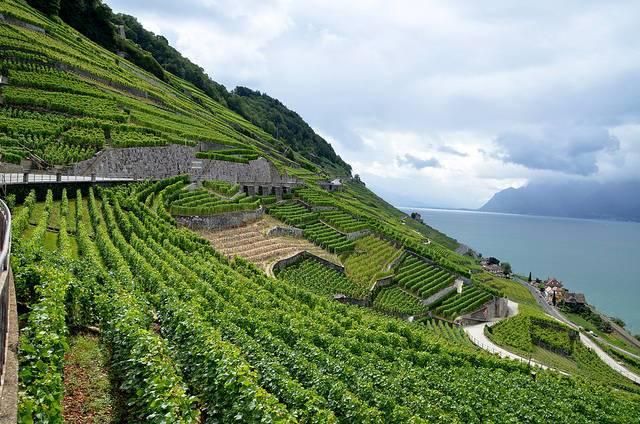
Wine has become the beverage of choice for more and more consumers, especially millennials, who by some accounts have been drinking half of all the wine imbibed in the U.S. In California alone, the industry scored a record last year with 238 million cases of wine sold at a value of over $34 billion.
But according to the International Organization of Vine and Wine (OIV), an industry group that supports research and development of wine and other grape-based products, 2017 will prove to be a rough year for vinters worldwide. The worst harvest since 1961, largely due to extremes in hot and cold temperatures in leading wine-producing countries such as France and Italy, have led to lower yields at harvest time. Global production of wine is forecast at 246.7 hectoliters, a drop of over 8 percent (1 hectoliter = 26.4 U.S. gallons, or 133 standard bottles of wine).
Other European wine producers, such as Spain and Germany, also hit historic lows this year. Meanwhile, wine production has generally stabilized or even increased, including in the U.S., despite climate-related disasters such as the fires that devastated California's wine country earlier this month.
Nevertheless, the OIV's number crunching reveals that there will almost be 3 billion less bottles of wine corked this year. And the OIV's report only includes data up to August, before the fires that destroyed tens of thousands of acres across Napa, Sonoma and Mendocino counties.
"If you haven't got a wine cellar, it's time to get one and start stockpiling," said Zoe Wood of the Guardian.
Analysts in recent years have anticipated a drastic shift in the nature of the global wine industry due to climate change. Last year, an article in the scientific journal Nature suggested that warmer climates in the long run could actually benefit France's wine sector. But it turns out that many French wine grape growers struggled with extreme forms of weather, from unexpected frost to low levels of rainfall.
Most observers offer the standard explanation that climate change will create both winners and losers in the wine industry. And the evidence suggests there are strategies vineyard owners can deploy, including canopy management, growing different varietals of grapes or moving vines to higher or lower elevations depending on how microclimates change.
But based on the OIV's conclusions, 2017 will see a lot of losers all the way around - from wine makers and merchants who will see lower sales figures, to consumers who can expect to pay higher prices in the coming months.
Image credit: Yves Cosentino/Flickr

Leon Kaye has written for 3p since 2010 and become executive editor in 2018. His previous work includes writing for the Guardian as well as other online and print publications. In addition, he's worked in sales executive roles within technology and financial research companies, as well as for a public relations firm, for which he consulted with one of the globe’s leading sustainability initiatives. Currently living in Central California, he’s traveled to 70-plus countries and has lived and worked in South Korea, the United Arab Emirates and Uruguay.
Leon’s an alum of Fresno State, the University of Maryland, Baltimore County and the University of Southern California's Marshall Business School. He enjoys traveling abroad as well as exploring California’s Central Coast and the Sierra Nevadas.














